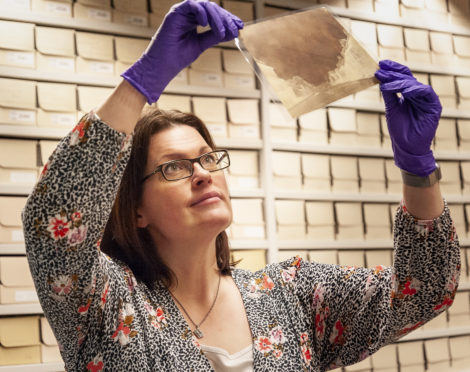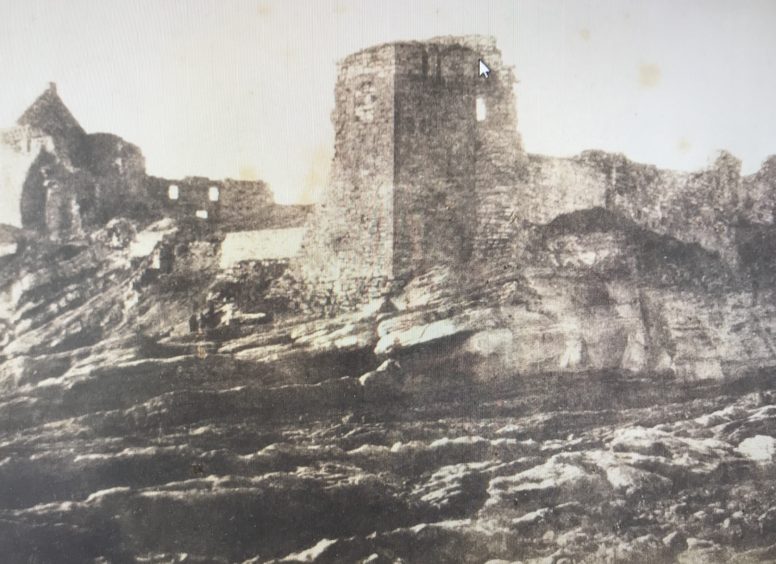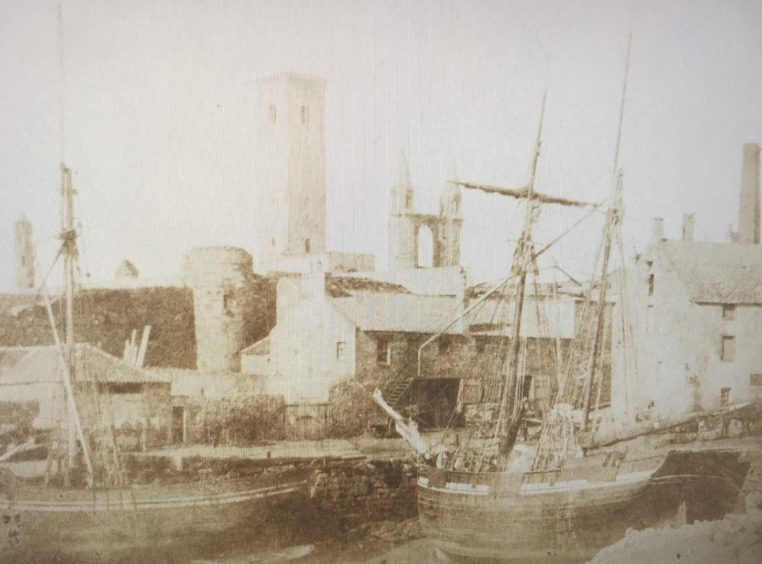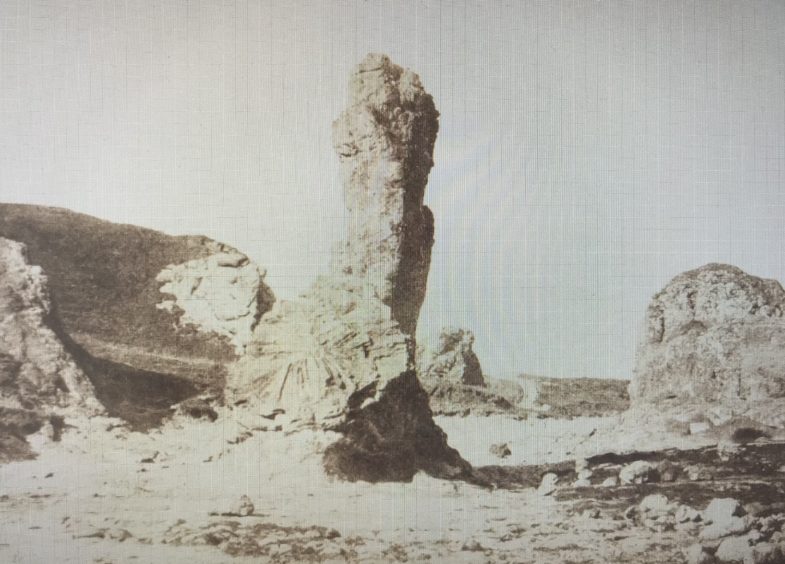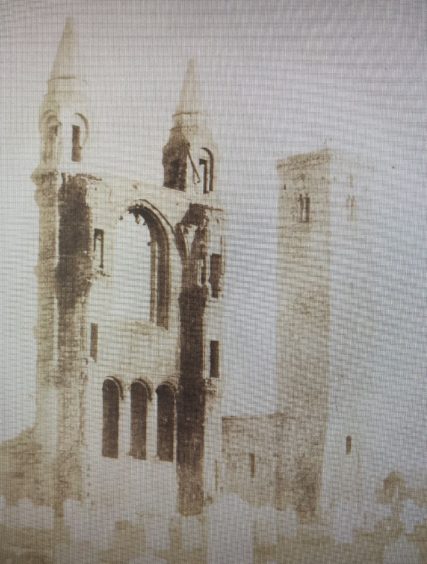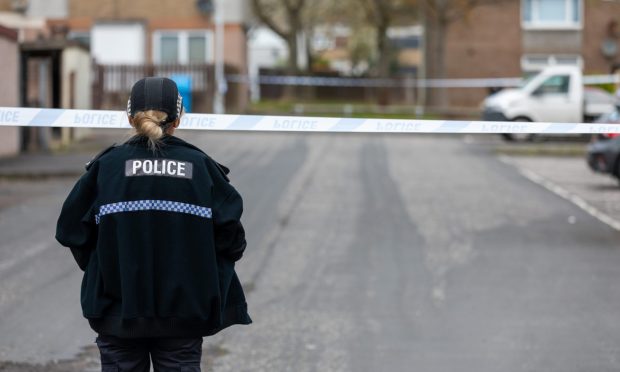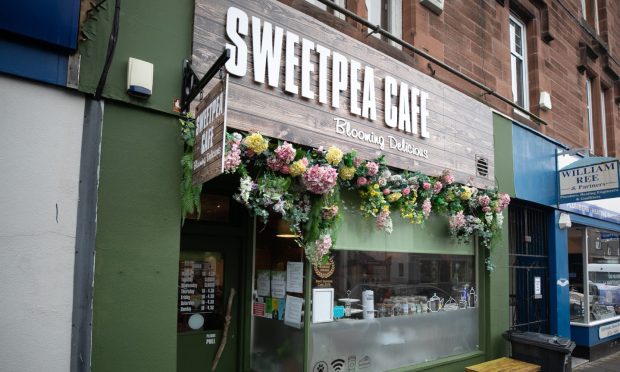Michael Alexander hears how a prestigious museum in Japan is keeping St Andrews’ ‘forgotten’ role in the development of Scottish photography in the frame.
With its ancient spires, rich history and famous golf courses, St Andrews is no stranger to being photographed by visitors from around the world.
But now the lesser known role the town has played nationally and internationally in the introduction and history of photography is being celebrated as part of a major international photography exhibition in Japan.
The role and legacy of the town’s photography pioneers dating back to the 1840’s is at the heart of The Origin of Photography Great Britain exhibition being held at the prestigious Tokyo Photographic Art Museum until May 5.
Included alongside 250 exhibits from the likes of the V&A London, British Library and National Museum of Science and Media are 37 carefully selected photographs kept by the University of St Andrews Library Special Collections Division – the only exhibits included from Scotland and the largest contingent of photographs to be included from anywhere in the world.
Rachel Nordstrom who is Photographic Collections Manager at the University of St Andrews Library Special Collections Division said many people are surprised to learn that St Andrews played such a key role in those early days of photography.
However, she is pleased that St Andrews, Scotland, and St Andrews University’s role is being recognised in such a high profile global setting.
“St Andrews is the first place that photography came to in Scotland,” said the Canadian, “and it flourished quite quickly, while it stagnated in the rest of the UK due to patent laws etc.
“It was scientists working with the university who started experimenting with photography in 1839.
“St Andrews was probably one of the first places that was heavily documented photographically because there was so much activity.
“And some of those earliest photos ever taken – including pictures of St Andrews from the mid-1840s – are amongst those that have been sent to Tokyo.”
St Andrews’ links to photography date back to the mid-19th century thanks to a close friendship between William Henry Fox Talbot, the inventor of the photographic negative, and Sir David Brewster, Principal of the United Colleges in St Andrews.
The pioneering calotype print work of the physician and curator Dr John Adamson, used paper coated with silver iodide.
Adamson, who is honoured with a blue plaque on the wall of his former home at 127 South Street – now the home of The Adamson restaurant – went on to teach the process to his brother, Robert, who despite his premature death aged 26 created around 2,500 calotype portraits.
William Henry Fox Talbot’s calotype process had been patented in 1841 – but as the patent did not apply in Scotland, Dr Adamson was able to develop his own technique and pave the way for other Scottish names such as David Octavius Hill, who formed a partnership with Robert Adamson in 1843; Thomas Rodger, who set up the first photographic studio in St Andrews whilst still only 16 or 17 in 1849; and Sir David Brewster, a close friend of Fox Talbot’s.
Several other people around town like Hugh Lyon Playfair, the then provost, was also practicing photography as was Admiral Maitland Dougall from the Tayport area.
“St Andrews itself was probably one of the first places that was heavily documented photographically because there was so much activity,” said Rachel, who manages almost a million photographs in the collections ranging from some of the earliest photography in Scotland right up to contemporary photographers who are still telling the story of Scottish photography today.
“And some of those earliest photos ever taken – including pictures of St Andrews from the mid-1840s – are amongst those that have been sent to Tokyo.
“We have several copies of a book called Calotype views of St Andrews. That was an early published photo book that was done by Helen Adamson. There are also images of the building of the Scott Monument in Edinburgh. Many of those photos also went to Tokyo along with a couple of albums.”
Rachel explained that the St Andrews contribution to Japan came about after Keishi Mitsui, curator at the Tokyo Photographic Art Museum, broached the subject during a research visit to St Andrews last summer. He wanted to tell the importance of Scottish photography which has often been overlooked because researchers would often “not look past London”.
She was “excited and flattered” to be asked and the university got behind it really quickly – recognising the importance of lending to such a prestigious institution in Japan, but also pleased to be telling the story alongside other British museums as well.
Working with art history Professor Luke Gartlan, Rachel looked out around 70 potential items from the earliest parts of the collection and Keishi made his selection from there.
“He wanted more than what we were able to send,” added Rachel, “but sometimes conservation restrictions bring limitations and we do use a lot for teaching so we couldn’t send everything that he wanted. But he was very understanding about it and it worked out well.”
